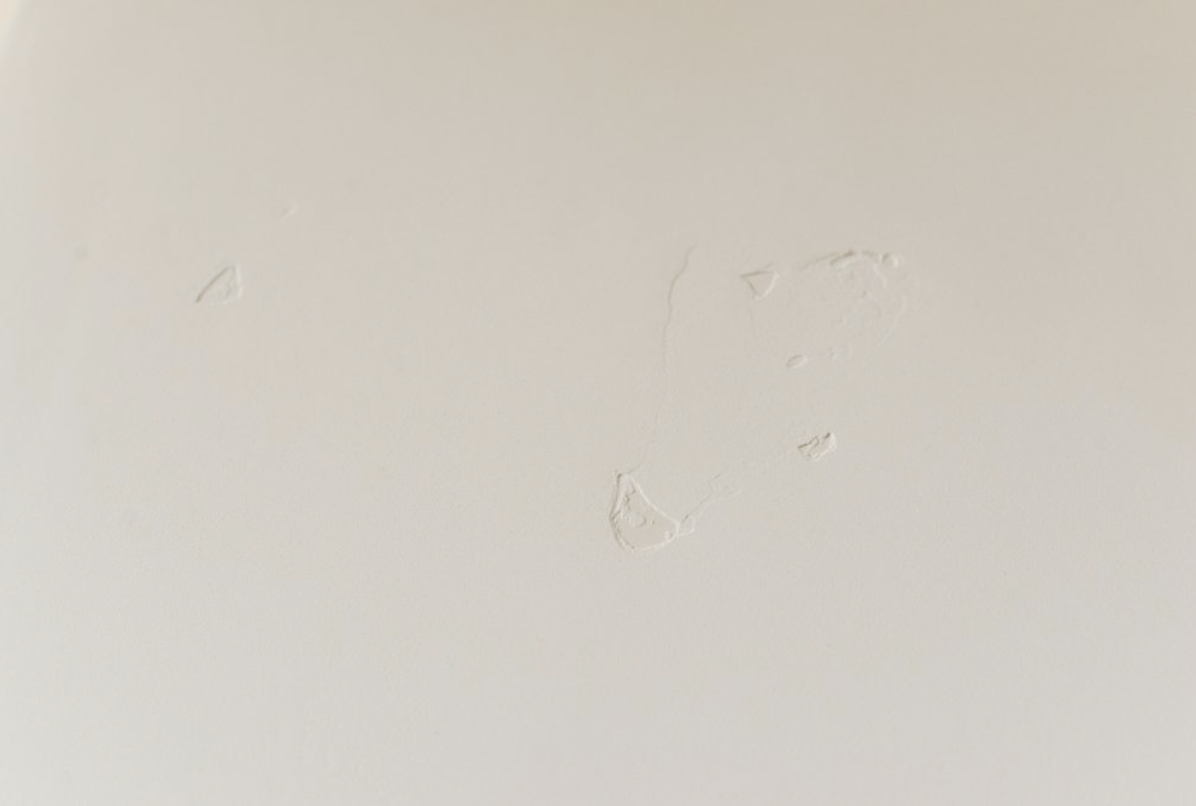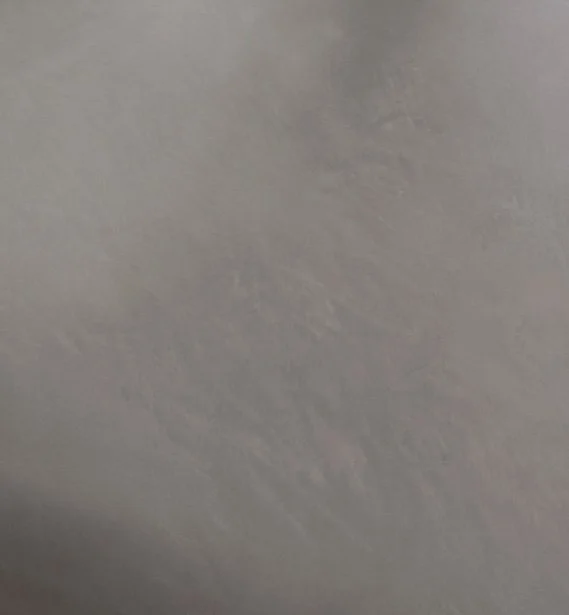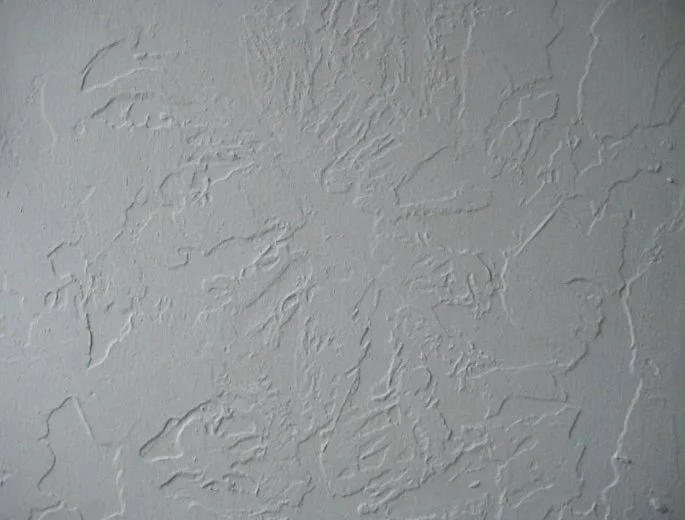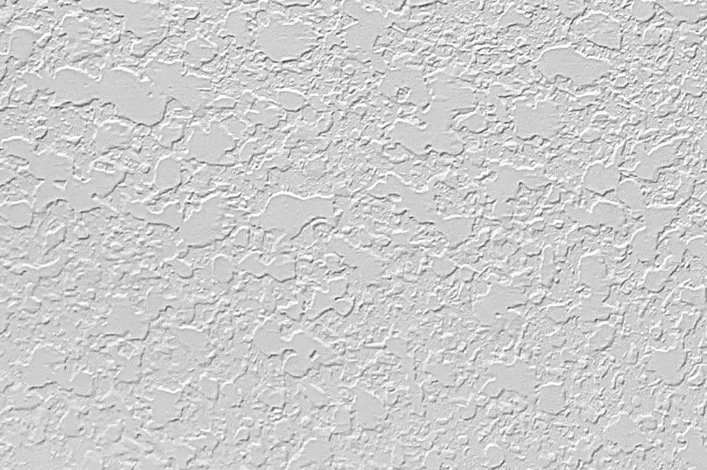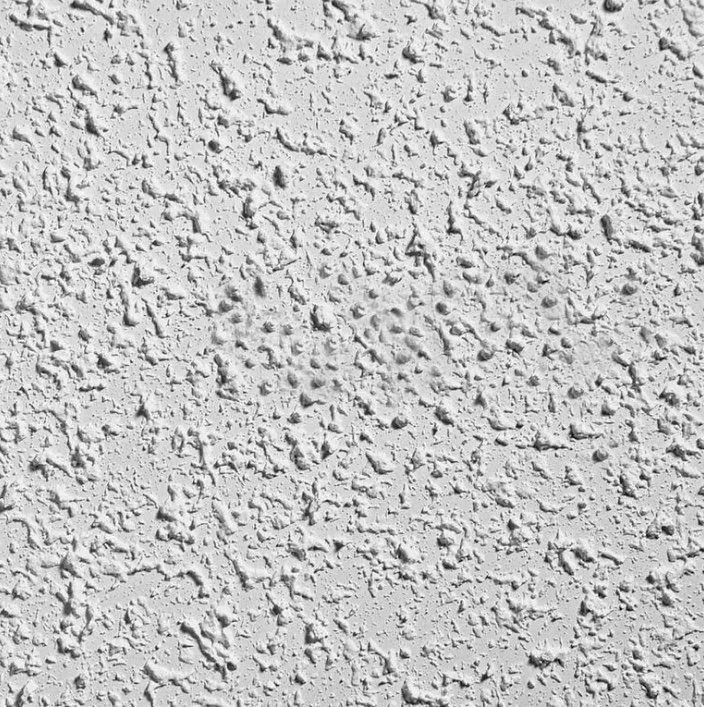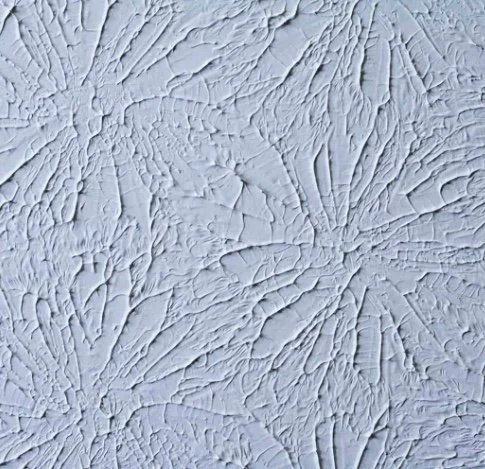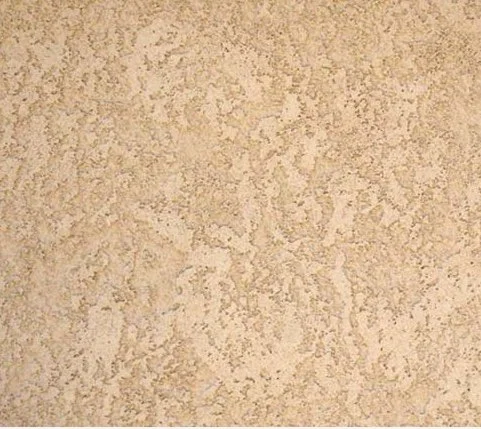Walls
Coverings
Paint (Dove Wing)
-
Painted drywall is the most common wall coving. Our preferred brand of paint is Benjamin Moore. For a standard off-white color we recommend Dove Wing (pictured here) or Swiss Coffee. For other colors we recommend purchasing a number of sample cans and testing the color in the space. In addition to color, you will also need to select you desired finish. Paint finishes range from: matte, flat, eggshell, satin, semi-gloss, and gloss. We generally recommend flat in most areas and eggshell in kitchens and bathrooms.
Wood Paneling - Shiplap
-
Wood paneling is a great choice to create a beautiful yet cosy space. Typically we use wood paneling on the ceiling. However, it can be used as a wainscoting or from floor to ceiling depending on the aesthetic you are looking for.
Tile
-
Tile is a great choice for specific locations. We recommend tile behind cooking ranges where it can make cleaning easier. It can also be a great addition for bathroom walls that are close to tubs and showers.
Drywall Finishes
Imperfect Smooth
-
Imperfect smooth gives a subtle nod towards a traditional plaster finish, yet still fits perfectly into a modern home. Unlike a smooth finish, Imperfect Smooth is effective in masking any imperfections in the wall that may develop over the life of the building This is one of the reasons why we prefer this finish over others.
Level 5 Smooth
-
Level 5 Smooth is the premium drywall finish. To accomplish an effective smooth finish extra work is required at all stage of wall construction. Walls must be in perfect alignment (bowed studs must be straighten) as this finish will clearly show any imperfections in the wall. This level of finish also requires extra work at the finishing stage of the drywall that can only be accomplished by the most skilled professionals.
Venetian
-
Venetian drywall textures are a premium drywall texture that con only be accomplished by the most experienced professionals. These textures have the visual aesthetic of the old plastering technique. This technique requires plaster to be mixed with marble dust, so the drywall looks to have a metamorphism design. The mixture is applied in thin layers, sanded, and buffed to achieve this design, giving a polished look once finished.
Skip Trowel
-
Skip trowel textures look similar to knockdown drywall textures. One of the significant differences is that the texture is spaced out, creating a different look.
Knock Down
-
Knockdown textures get their name from the action taken to create the texture. Making this texture requiring applying a coat of wet plaster or drywall mud, then gently go over the plaster or mud with a soft brush or sponge. The next step is to take a drywall knife, trowel, or skimming blade and knockdown this texture. Once it starts to dry, the texture will then begin to look like the image above.
Orange Peel
-
Though less popular now, Orange Peel was the go-to texture in the 80s and 90s. It does a good job of masking imperfections in the wall and breaking up the light that travels across the wall.
Popcorn
-
This texture was incredibly popular before the 1990s, and if the surface was installed before the 1980s, it most likely contains asbestos.
This drywall ceiling texture gets its name from the shape of the finished texture. Popcorn ceilings protrude from the ceiling itself and are rounded off much like in the form of popcorn.
Slap Brush
-
Creating a slap bush drywall texture requires a stomp brush, a soft brush with long bristles used to create uneven shapes in drywall finishing.
Lace
-
Lace drywall textures are non-sand spray knockdown that results in a multi-layered pattern. The look of a lace texture is similar to Spanish lace seen on women’s clothing or other lace-based products.
You can also add to the lace texture by making it a multi-colored laced drywall texture. Multi-colored lace drywall textures use the same tools as the skip trowel texture but require more time and effort than other drywall textures. Once the first layer of paint has dried, apply the second layer of paint of a different color. While the second layer is wet, use a trowel to create a texture.




